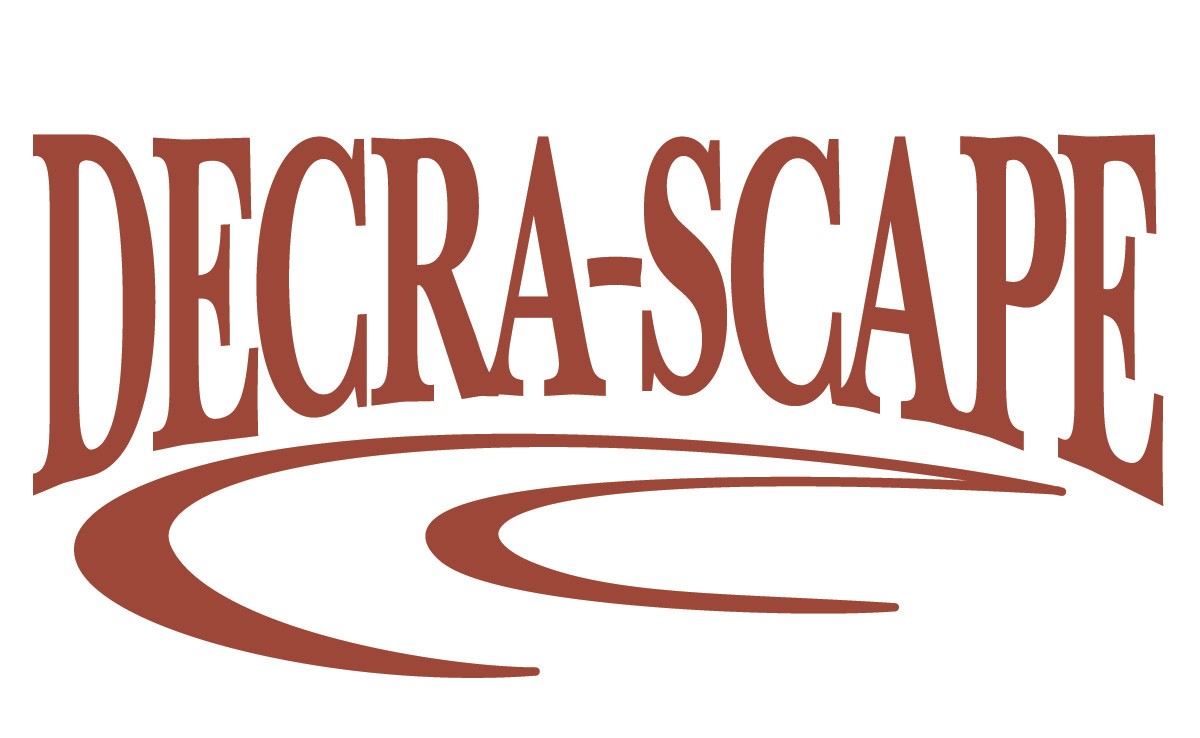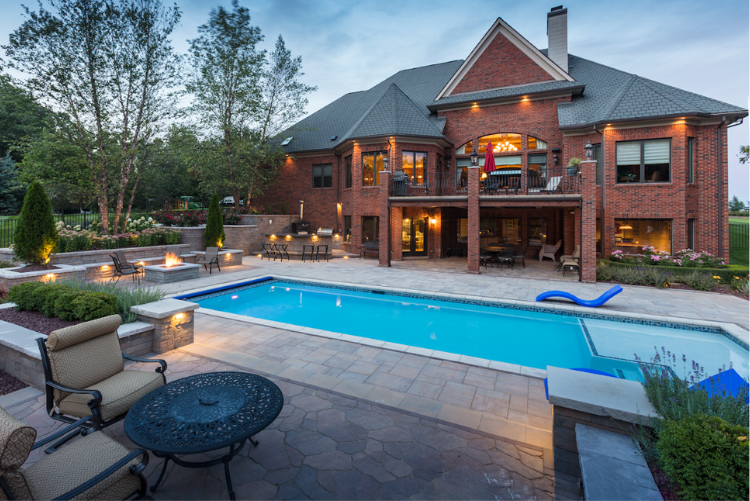A dream home with a spacious backyard can be a blank canvas, ready for your personal touch. But as exciting as a new outdoor patio can be, the process includes many important details and decisions. Are you ready to make smart (and beautiful) choices?
The selection of patio textures is one of your big decisions when designing your outdoor oasis. Envision your ultimate patio: whether you picture family barbecues, cozy evenings with friends, or lazy Sunday afternoons spent lounging outdoors, your choice of patio texture will play a major part in setting the stage for your vision.
Why? Because your patio’s texture is where form and function collide. From the elegant durability of natural stone to the practicality of concrete, each option offers certain stylistic and functional benefits—and, at times, drawbacks. It’s important to understand the complete picture before you finalize your choice of hardscape materials.
Join us as we explore the variety of patio textures available, helping you decide which surface will best bring your outdoor-living dreams to life:
Natural Stone
Elegance and Durability
Natural stone is one of the most popular choices for patio surfaces due to the unique, natural patterns it delivers when installed. Natural stone is also durable, making it suitable for patios that will receive a lot of foot traffic.
But keep in mind that different types of natural stone offer a wide array of textures, ranging from smooth, polished marble to rougher, more irregular slate.
Varieties and Considerations
Bluestone, limestone, sandstone, and granite are some of the most common types of natural stone used in patio design. Each type has its own textural qualities and color variations, so as you’re considering your options, be sure to speak with a hardscape specialist who can fully communicate the benefits and drawbacks of each option—including how each fares in our part of Michigan.
For instance, sandstone offers a gritty texture, ideal for slip resistance in wet areas like pool decks or fountain surrounds. Granite, on the other hand, provides a polished, sleek surface that's great for a modern aesthetic.
It's important to note that natural stone can be expensive and may require regular sealing to prevent stains and weather damage. Again, seek expert guidance before making selections or planning for long-term care.
Pavers
Aesthetic Variety
Pavers are manufactured in a number of textures, which can simulate the look of bricks, cobblestone, or other paving materials. Pavers are available in a variety of finishes that include smooth, embossed, tumbled, or even etched surfaces.
This variety allows homeowners to choose a texture that matches their home’s style and their personal preference—without compromising on durability.
Installation and Maintenance
Pavers are easier to install than some other materials and can be replaced individually if they are damaged, because the interlocking design helps maintain the overall structure of a patio even if one paver needs to be removed.
However, this material might require some regular maintenance to fill in sand between pavers or control weeds that could grow in joints.
Concrete
Versatility and Customizability
Concrete is a highly versatile material for patios, largely because it can be poured into any shape and textured or colored in numerous ways. It can mimic other materials like brick, slate, or even wood when stamped or stained, providing a cost-effective alternative with considerable creative flexibility.
Texture Options
The basic texture of concrete is smooth, but it can be modified to be slip-resistant or to have a decorative finish. Exposed aggregate concrete, where the top layer of cement paste is washed away to reveal the stones within, is popular for its texture and grip. Brushed concrete provides a rougher feel and can prevent slips and falls by adding necessary traction.
Brick
Traditional Appeal
Brick patios offer a classic, timeless look that is particularly well-suited to traditional architectural styles. But just because bricks and traditional looks go hand-in-hand doesn’t mean you should limit your thinking! Brick actually offers an array of options, including a wide range of colors that can add to the visual interest of your patio.
From a texture standpoint, brick is a solid and relatively safe option, since the texture of brick is typically slightly rough, providing good traction underfoot.
Weather Considerations
While brick is durable and wears well with time, it can be prone to moss and algae growth in shady, moist environments. Regular cleaning and occasional sealing are recommended to maintain its appearance and prevent the bricks from becoming slippery when wet.
Gravel
Casual and Versatile
Gravel is one of the most affordable patio materials. And it’s also relatively easy to install. It provides a crunchy texture underfoot and adds a casual, rustic look to any garden setting. While you may not prefer gravel for a large patio, it can be a nice addition to your overall landscape—perhaps for a rustic garden path or a secluded seating area in a grove of trees.
Maintenance and Utility
While gravel is low-cost and provides excellent drainage, it can shift over time and might require occasional raking to keep the surface level and even. It's also not ideal for furniture, as the uneven surface can make tables and chairs wobble.
Choosing the right patio texture depends on your specific needs, budget, and aesthetic preferences. Each material offers unique benefits and challenges, so consider how each might complement your outdoor living space and lifestyle. Whether you opt for the natural elegance of stone, the versatility of concrete, or the myriad options offered by interlocking pavers, the right texture can enhance the beauty and functionality of your patio for years to come.
If you're unsure which patio texture is best suited to your specific needs, consulting with a professional hardscape contractor is an excellent first step. The team at Decra-Scape is here to help.
For more inspiration, check out our gallery of our work, read more on the blog, or catch up with us on Instagram.






